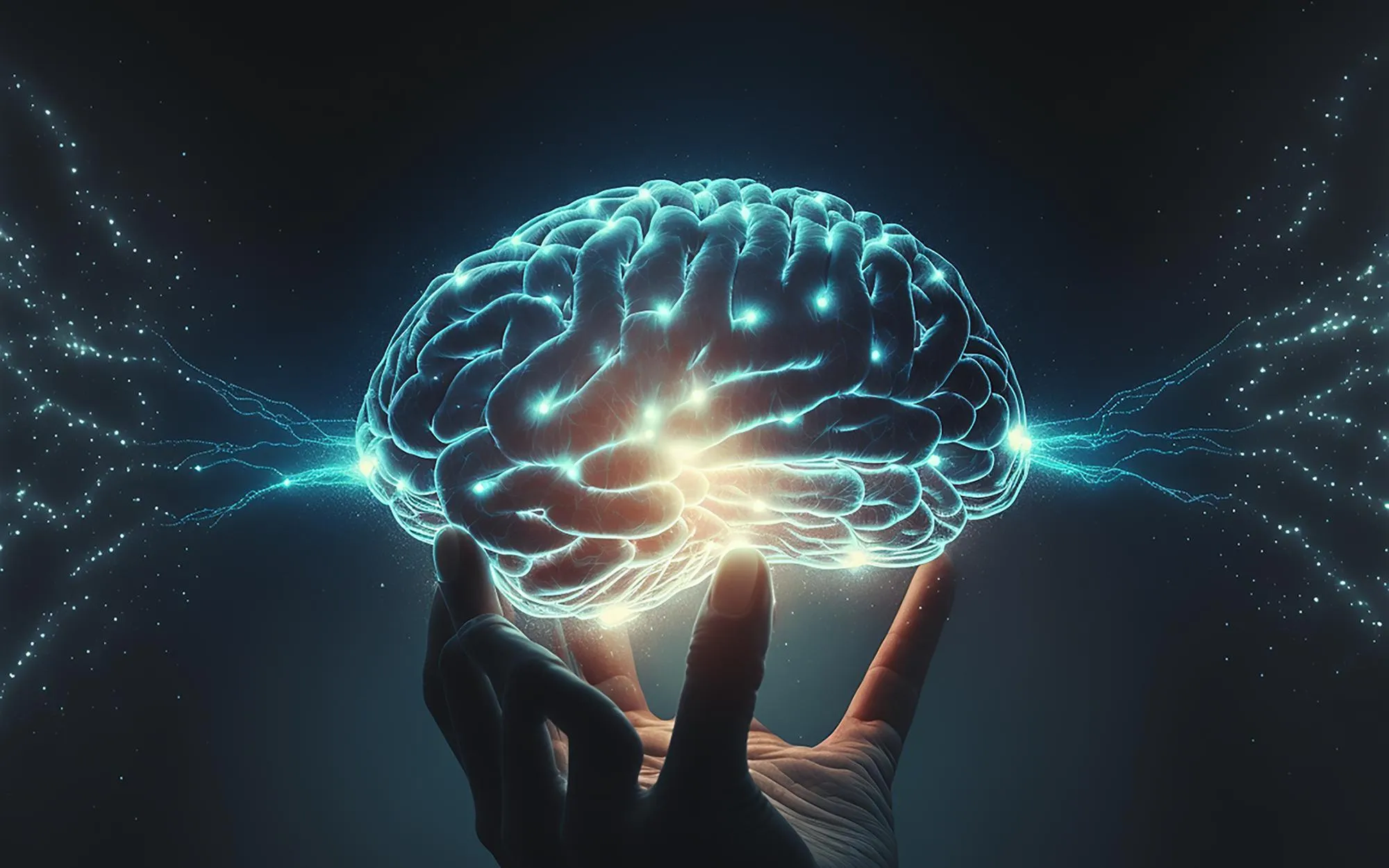A groundbreaking study recently published in The Journal of Neuroscience sheds light on the brain’s response to unexpected stimuli, regardless of conscious perception. Researchers observed that, under constant illumination, pupil size dilates in response to novel information—a phenomenon known as surprisal. This pupil dilation occurred even in the absence of awareness about the transition statistics of the stimuli, revealing an intrinsic connection between arousal and information processing, and offering insights into the mechanisms of implicit learning.
Introduction
The realms of consciousness and perception have long fascinated scientists and philosophers alike. A crucial question that arises in cognitive neuroscience is whether the brain’s arousal system responds solely to events within our conscious awareness or if there exists a deeper, more fundamental process of unconscious information processing. DOI: 10.1523/JNEUROSCI.3010-18.2019
A study titled “Pupil-Linked Arousal Responds to Unconscious Surprisal,” led by Andrea Alamia and colleagues, investigates this phenomenon by examining how the human brain’s arousal system reacts to stimuli that violate predictable patterns without the individual’s conscious awareness. This research has pivotal implications for our understanding of how the brain processes information and how learning occurs at a level beyond our conscious control.
Methodology
Adult male and female participants were subjected to an implicit learning task that consisted of a series of experiments. Participants were exposed to stimuli, and researchers measured both pupil size and brain-evoked potentials. These stimuli included events that were unpredicted, or ‘violated’ known transition statistics, yet were not relevant to the primary task at hand.
The responses were measured in light of two stipulations: First, the pupil dilation response to the surprising events must occur without the individuals’ awareness of the transition statistics of these events, and second, the attention must be directed toward the stimulus for the response to be observed.
Results and Analysis
The study yielded compelling data, indicating that pupil size dilated in response to these surprising or statistically improbable events, even without participating individuals’ conscious awareness (Alamia et al., 2019). These responses also exhibited correlation with central potentials evoking an origin in the anterior cingulate cortex, a part of the brain involved in a wide array of functions including emotional processing, decision-making, and anticipation of reward.
Additionally, this pupil dilation response was only present when participants’ attention was actively engaged with the stimuli, corroborating the importance of attention allocation for the arousal response to occur in the context of surprisal.
Discussion
This phenomenon suggests an underlying mechanism wherein the arousal system is primed to respond to novel information as a way of facilitating learning, a concept supported by previous studies (Barakat et al., 2013; Aston-Jones & Cohen, 2005). What this research brings to the fore is the assertion that surprisal and the resultant arousal response do not require active, conscious perception. This positions the study as a critical piece in untangling the complex web of unconscious, attention-driven learning processes.
Implications for Implicit Learning
The implications of these findings are manifold, particularly when considering the domain of implicit learning. This type of learning is defined as the acquisition of knowledge that takes place largely independent of conscious attempts to learn and mostly without explicit awareness of what has been learned (Destrebecqz & Peigneux, 2005). Implicit learning underpins various aspects of human development and day-to-day function, including language acquisition, social interaction, and even skill development in various domains.
By establishing a clear correlation between pupil-linked arousal and unconscious surprisal, the study adds weight to the argument that implicit learning processes are deeply intertwined with the brain’s basic information processing and arousal mechanisms (Alamia et al., 2019).
Future Directions
Further research could explore the depth and extent of arousal responses to other forms of unconscious stimuli and how these might vary among individuals or across different cognitive tasks. The interplay between conscious and unconscious perception, learning, and arousal presents a fertile ground for new discoveries which may have far-reaching consequences in fields such as education, psychology, and even artificial intelligence.
Conclusion
Alamia and colleagues’ exploration of pupil size as a metric for unconscious arousal in response to surprisal challenges pre-existing notions of consciousness and learning. By expanding the boundaries of what constitutes information processing and learning, this study illuminates a vital facet of human cognition and opens avenues for further scientific inquiry.
Keywords
1. Implicit learning
2. Pupil-linked arousal
3. Unconscious surprisal
4. Cognitive neuroscience
5. Information processing
References
1. Alamia, A., & Zénon, A. (2016). Statistical regularities attract attention when task-relevant. Front Hum Neurosci, 10(42). doi: 10.3389/fnhum.2016.00042.
2. Alamia, A., et al. (2019). Pupil-Linked Arousal Responds to Unconscious Surprisal. J. Neurosci, 39(27), 5369–5376. doi: 10.1523/JNEUROSCI.3010-18.2019.
3. Barakat, B. K., Seitz, A. R., & Shams, L. (2013). The effect of statistical learning on internal stimulus representations. Cognition, 129(2), 205–211. doi: 10.1016/j.cognition.2013.07.003.
4. Aston-Jones, G., & Cohen, J. D. (2005). An integrative theory of locus coeruleus-norepinephrine function: adaptive gain and optimal performance. Annu Rev Neurosci, 28, 403-450. doi: 10.1146/annurev.neuro.28.061604.135709.
5. Destrebecqz, A., & Peigneux, P. (2005). Methods for studying unconscious learning. Prog Brain Res, 150, 69-80. doi: 10.1016/S0079-6123(05)50006-2.
